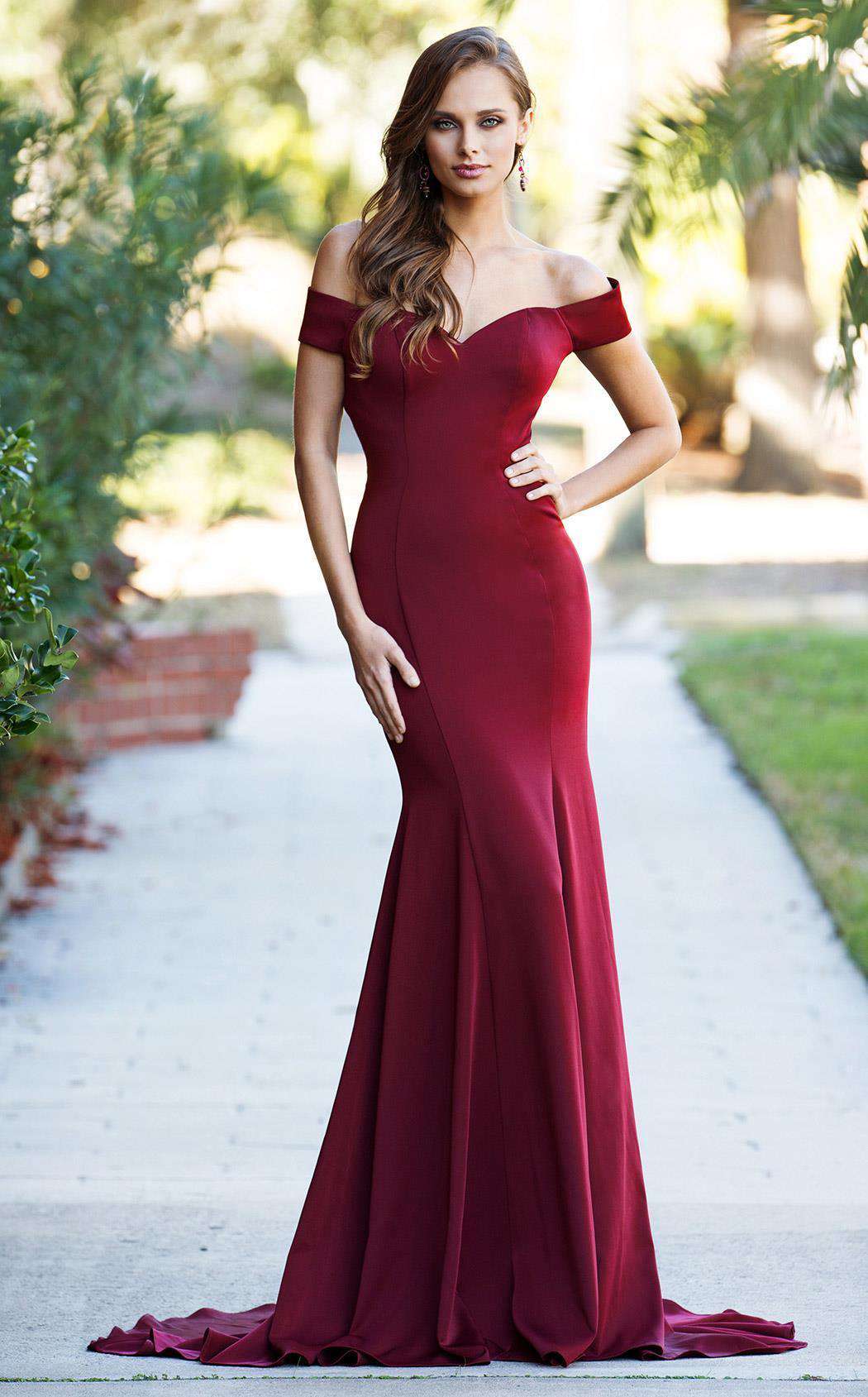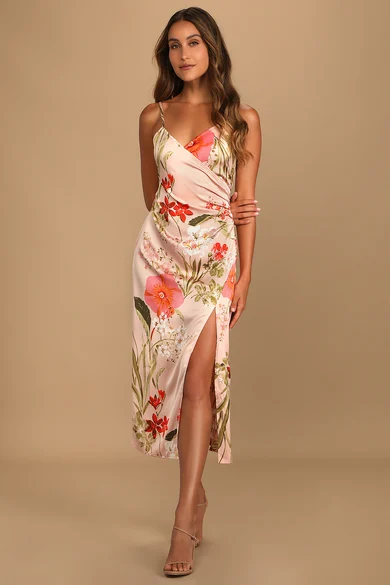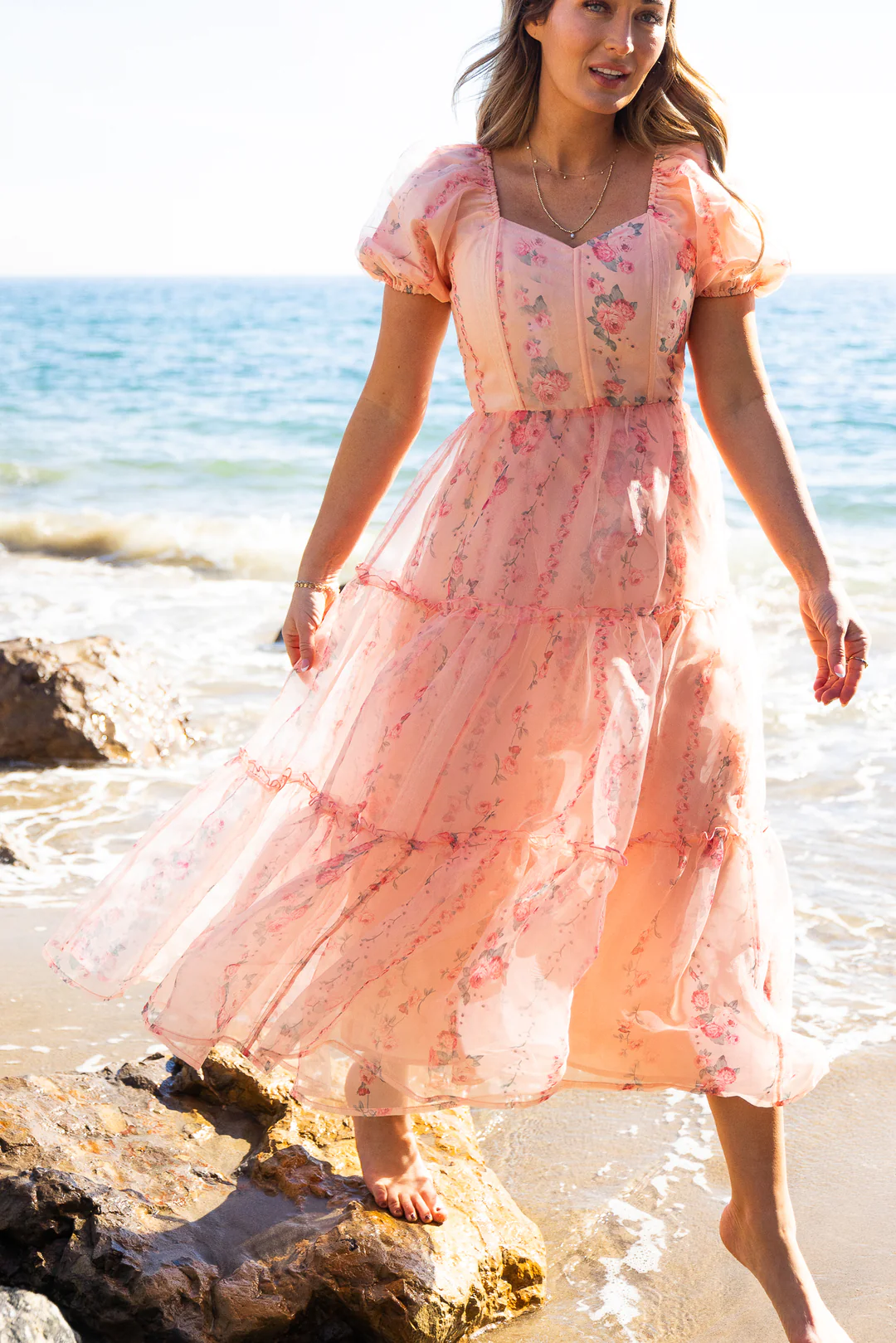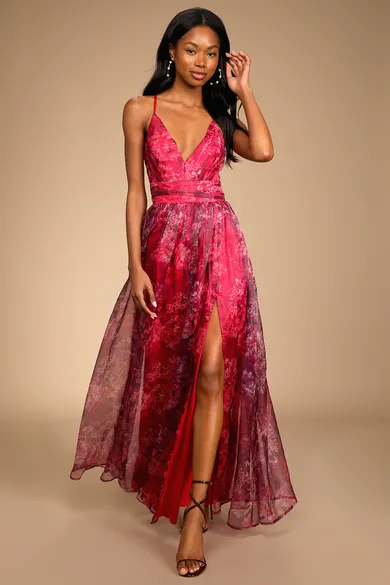From Runway to Reality: How Dresses Define Fashion Trends
Dresses hold a special place in the world of fashion, serving as both a canvas for designers’ creativity and a reflection of societal trends and values. From haute couture runways to everyday street style, dresses play a pivotal role in shaping fashion trends and defining our collective sense of style. Let’s explore how dresses transition from the runway to reality, influencing fashion trends and leaving a lasting impact on the way we dress.
1. Runway Inspiration:
Fashion designers draw inspiration from a myriad of sources, ranging from art and culture to history and nature. Each season, designers present their latest collections on the runway, showcasing their creative vision and interpreting current trends through the lens of dress design. Runway dresses serve as the focal point of these presentations, embodying the designer’s aesthetic, craftsmanship, and storytelling.
2. Setting Trends:
Runway dresses have the power to set trends and shape the direction of fashion for seasons to come. Whether it’s a bold color palette, innovative silhouette, or unexpected fabric choice, runway dresses often introduce new concepts and ideas that capture the imagination of fashion enthusiasts and industry insiders alike. Trendsetting designers like Chanel, Dior, and Versace influence not only the collections of other designers but also the wardrobes of consumers around the world.
3. Street Style Influence:
As runway trends trickle down to the streets, dresses become a vehicle for self-expression and personal style. Fashion-forward individuals reinterpret runway looks to suit their own tastes and lifestyles, incorporating elements of high fashion into their everyday wardrobes. Street style photographers capture these sartorial expressions, documenting how dresses are worn and styled in real-life settings, from bustling city streets to fashion capitals around the world.
4. Cultural Significance:
Dresses often reflect the cultural zeitgeist and societal values of their time, serving as a mirror to the world in which they exist. Whether it’s the minimalist aesthetic of the 1990s, the bohemian spirit of the 1970s, or the opulent extravagance of the 1980s, dresses encapsulate the spirit of their era and evoke nostalgia for bygone times. Fashion designers draw inspiration from diverse cultures and traditions, incorporating elements of heritage and identity into their dress designs.
5. Redefining Beauty Standards:
Dresses have the power to challenge and redefine conventional beauty standards, celebrating diversity and inclusivity in fashion. Designers like Christian Siriano, Chromat, and Prabal Gurung champion body positivity and diversity on the runway, showcasing dresses that embrace all shapes, sizes, and identities. By featuring models of different ethnicities, ages, and backgrounds, these designers send a powerful message of inclusivity and empowerment through dress design.
6. Sustainable Fashion:
With growing awareness of environmental issues and ethical concerns in the fashion industry, dresses are increasingly designed with sustainability in mind. Eco-friendly fabrics, ethical production practices, and circular design principles are becoming more prevalent in dress design, paving the way for a more sustainable and responsible approach to fashion. Designers like Stella McCartney, Mara Hoffman, and Reformation lead the way in sustainable dress design, proving that style and sustainability can coexist harmoniously.
In conclusion, dresses play a central role in defining fashion trends and shaping our cultural landscape. From the runway to reality, dresses inspire, empower, and reflect the diverse tapestry of human expression and creativity. As fashion continues to evolve, dresses will remain a timeless and iconic symbol of style, innovation, and self-expression for generations to come.



